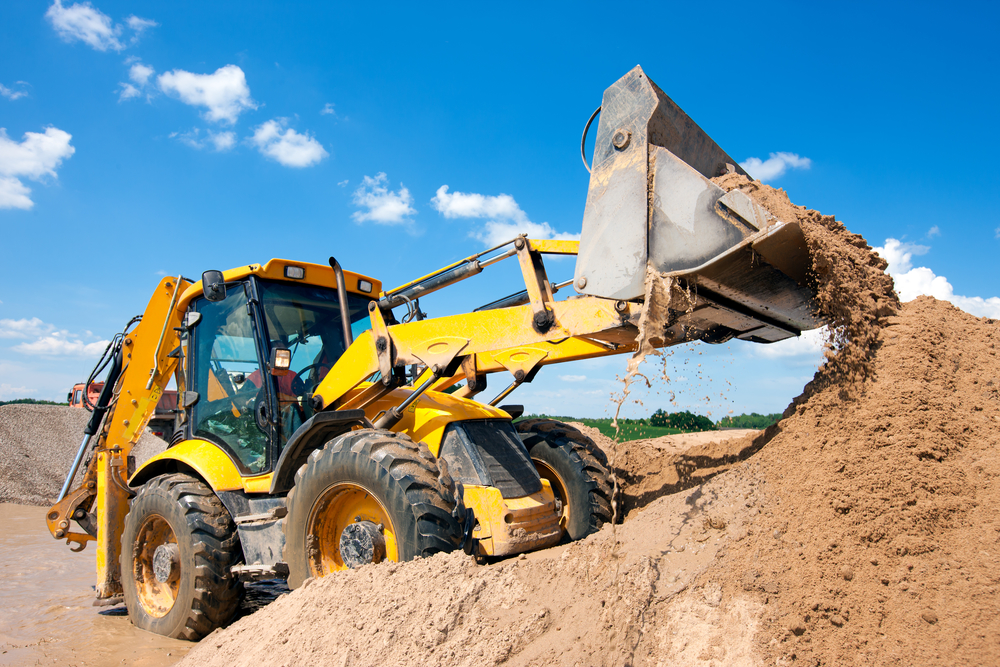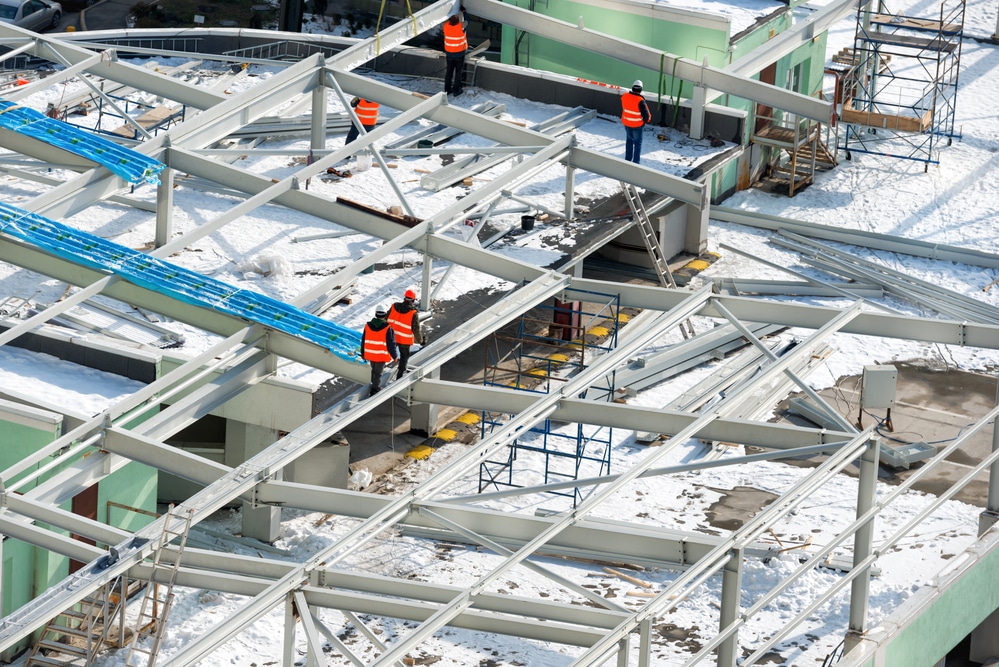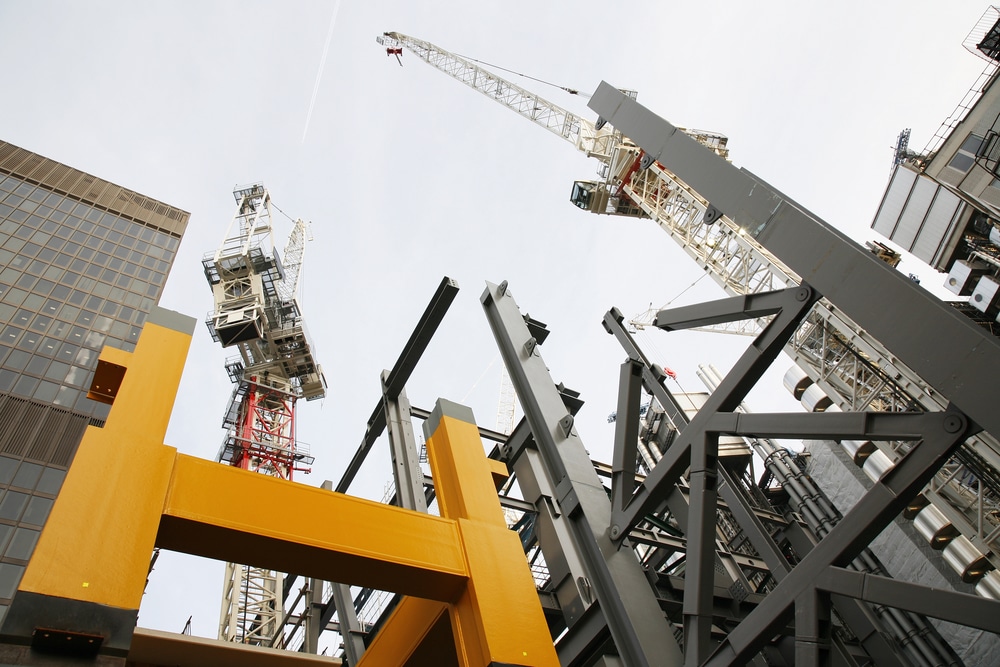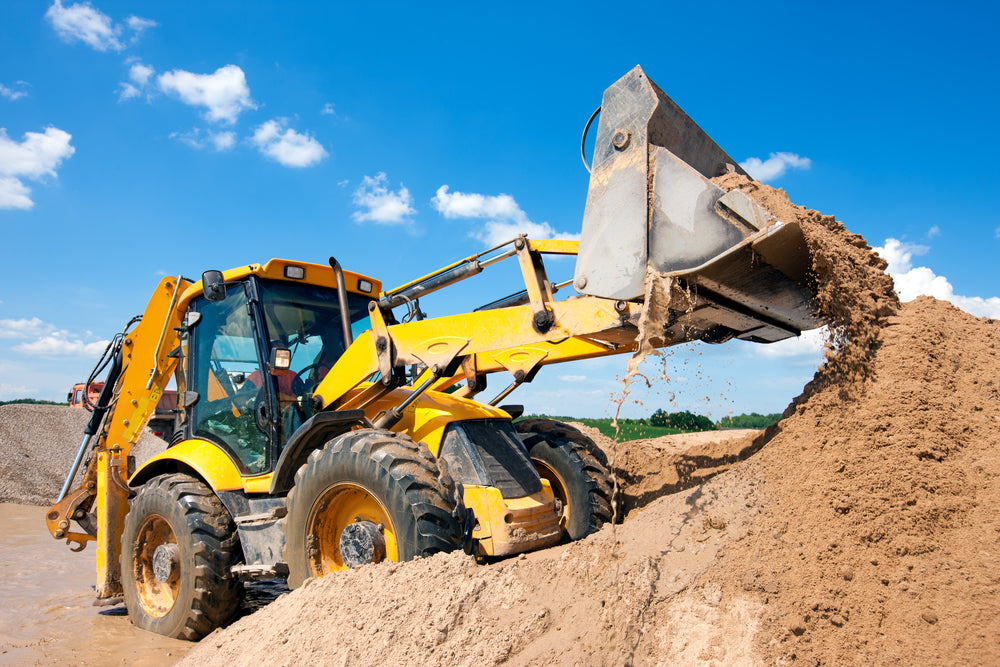Pull planning in construction – the definitive guide
Pull planning is becoming more popular in construction management. In short, it's a method for working construction projects in reverse order. And with much greater involvement from your team.
Imagine rows of dominoes arranged in strategic lines. Each domino is independent, but at the same time it is part of a bigger picture. The dominoes at the end of creation cannot fall until each one before falls. This is exactly what happens with pull planning, which is one of the best construction management methods.
Pull planning is starting to replace many scheduling techniques. Let's take a look at exactly what pull planning is and why you should implement it into your process.

Construction rules are often quite different from the rules for other work because much of the work performed depends on other work being completed first. This is where the pull planning technique comes into play. This method is extremely effective in ensuring everything is completed on time.
What is pull planning?
Effective pull planning starts with an experienced person leading the charge. It is a collaborative team approach involving those who are directly responsible for completing a project. This team of stakeholders starts with the end goal of the project and works backwards, milestone by milestone. By doing this, a clear plan is drawn up and the well-defined pull planning workflow is developed.
Pull planning in construction is a reverse order planning process, with a high degree of collaboration.
Pull planning differs from traditional models by focusing on the end goal rather than starting from the beginning. It also utilizes a collaborative team effort versus direction based on just one person (usually the general contractor or superintendent) using their best knowledge.
This workflow is visually outlined by the use of a handwritten design outline and color-coded sticky notes. Each note represents a different and necessary part of the project: “Kitchen island installation” for example. Make sure you have a large space to work and set your project timeline with plenty of room to add to it and change it initially. Using color-coded sticky notes is the easiest way for all team members to add their comments (and update the expected duration) and additional resources needed to complete the task. This will visually allow you to discover ways to get work done faster and more resourcefully.
You'll also want to plot out the schedule in weeks or a set period of time and ensure that all major milestones and activities are in sequence. With a clear workflow defined, you and your team know what needs to be completed before the kitchen island can be installed. With a quick glance at the schedule and notes, each person involved in the project can easily determine the current stage and urgency of each project task.
Using everyone in a collaborative environment allows everyone's knowledge to come together and allows for early identification of potential problems. This saves time and money on your project and reduces waste and redundancy.
The marketers from each part of the project are not the only ones you should bring into the “brain trust” for your pull planning. This process requires several key individuals to be an effective process. The following participants should always be involved in planning and feedback:
- General foreman
- Superintendent
- Design leader
- Owner's representative
- Commercial leadership of each negotiation involved
- Scheduler
- Project Manager
- Lead Security Officer
- Quality Assurance Supervisor
Bringing all of these people together will ensure your team is on the same page and working together toward a common goal. It's important to keep in mind that you should only add team leads, otherwise it will be harder to get buy-in.
Pull planning uses a simple format, including three basic rules that help the process immensely. The three rules that are used consistently in this method revolve around the words “Pull”, “Collaborate” and “Commit”. Together, they create the system known as pull planning and will allow you to consistently stay on schedule with all of your future projects.
Pull Planning Best Practices
Although traditionally done with color-coded sticky notes, more and more construction software tools are being released to manage extraction planning digitally. In addition to the visualization that post-its provide, there is more to pulling the schedule together in construction and its success depends on how the planning process is carried out.
Here we give you pull planning best practices, simplified:
- Gather your team and get everyone involved. Involve all key team leaders and players with the goal that each of them contributes relevant data and milestones to the completion of your project.
- Set your milestones and follow them. Establish milestones that are critical to completing project phases that would ensure uninterrupted delivery of your project. Once they are implemented, you can plan your phases and workflows, including tasks and activities aimed at reaching these milestones.
- Schedule your activities. Once you determine your phase plans, record all defined activities in your calendar.
- Organize durations. Define the duration of each of the planned activities.
- Make your weekly plans. From phase planning, determine how you can break down your activities and tasks into weekly work plans.
- Schedule daily meetings. Having daily meetings before each work day allows the person in charge to review all activities to keep tasks on track.
- Organize weekly meetings. Weekly meetings give the foreman the opportunity to review weekly work plans and make adjustments when necessary.
- Update the plan. Updating the plan according to the results of daily and weekly meetings gives you a basis for adjusting the overall project schedule.
3 rules for pull planning in construction
Let's take a look at these three rules:
1. Pull
This is the first rule of pull planning and it is absolutely crucial. It consists of completing the work that the client needs. However, the client in this scenario will be the drywaller, painter, electrician, plumber, or any other subcontractor who has work to do on the construction site: What must be completed before the builders can begin? Or the electrician? Etc.
Essentially, you will work backwards from the end of the project and determine in what order everything will be completed. This will allow the work to be completed at the correct time, rather than weeks ahead of schedule, which would put the subcontractor in the path of others. Or too late, which will put the entire project at risk of falling behind.

A key part of initial attraction is determining the most effective team leaders for each part of the project. You need to ensure that you have assembled a group of people who will collaborate and work together and provide their input and status updates along the way.
It takes skill and knowledge to know who to pull and when. This is why an experienced general contractor is often responsible for this technique to ensure it is performed correctly. An excellent example of the Pull Planning technique is having an electrician and a plumber do their roughing before the drywaller starts sanding and finishing their work. Of course, the drywaller needs to complete his work before the painter can begin his, and he continues from there.
Pull planning can seem quite strange and unusual at first, especially if there is some spare time where another subcontractor may be working on their part of the job. But if you follow this rule, you will find that everything will go much more smoothly and the result will be exactly what you want.
2. Collaboration
The second rule is to collaborate. Pull planning requires the most collaboration of any construction method, with everyone working together as a team so that each project agent understands what needs to be accomplished. Since everyone will be able to contribute at any time, the entire group will understand what steps need to be taken next.
Collaboration, when it comes to pull planning in construction, revolves around the pull planning schedule that is developed at the beginning of the project. But it's very important to ensure that any notes you add are as detailed and descriptive as possible. While everyone in the room can put their notes on the pull planning schedule, not everyone will understand what the note means if you're not descriptive and detailed. For example, a note saying “Install cabinets” could mean many different things. However, when the cabinet installer tells the group exactly which cabinets are being installed and when, they will quickly learn whether or not the cabinets are being installed in the kitchen, bathroom, basement, or other room.
This will let everyone know which areas are off-limits to other workers during cabinet installation, so no one else tries to do a different job and gets in the way. The group can also inform the office manager if it is necessary to delay the installation process for a day or two due to work still being completed in that area. This will ensure that your project runs like a well-oiled machine and that subcontractors don't try to get in each other's way.
It is also very important to continue collaboration regularly. The pull planning schedule should be updated by the leader (usually the general foreman) weekly at a minimum, and revisit the plan every two weeks together as a whole. This will ensure everyone is on the same page with the schedule and any delays that have occurred, etc.
3. Commitment
The third rule in pull planning is commitment and it is the most important rule of the three. This rule ensures that no one moves someone else's note, thinking it is less important than the one they want to make first. Everyone must agree not to alter or modify anyone else's sticky notes.
Obviously, everyone will want to finish the work first, but that will never happen in construction. Instead, everyone needs to follow the guidelines in place so that no work needs to be redone as the project progresses. Each person involved in the project is committed to following the pull planning schedule and carrying out their specific part of the project at the right time.

Moving notes is also another way that can and will significantly delay the project schedule. Instead, everyone will find that working together, moving their own notes, and discussing what work needs to be completed before the rest and why is a much better option that will improve the progress of the entire project.
Why you should implement pull planning
Pull planning is one of the most efficient and successful project management methods in the construction industry today. Studies have also shown that utilizing pull planning significantly increases worker safety and project quality when the right stakeholders are engaged and openly collaborating.
This method minimizes the need for work to be done twice due to errors, minimizes overall risk, and also reduces costs by not having crews waiting for the task to begin.
One of the best things about pull planning is that you don't have to wait for your current project to be completed to start implementing it in your business. The process can be started at any time during project execution. But with pull planning, the sooner it is implemented, the better.
How pull planning software can help
Having pull planning software in place allows you to digitize your manual sticky notes and have them on your mobile device at any time. Improve your productivity in the field and keep your project on track while reducing waste. Most importantly, reliable pull planning software can:
- Improve collaboration. A pull planning software allows you to work in the schedule method, improving communication within the application and encouraging your entire team to work together.
- Make team communication transparent. Real-time pull planning software allows your teams to communicate openly, while each team member knows their role and position. This way, they are fully aware of where they should focus to resolve problems quickly.
- Optimize work and processes. By putting lean pull planning at everyone's fingertips, team members reduce their errors and optimize their work.
- Make it even more efficient. Everyone on your team has a clear idea of the milestones and the steps needed to reach them. A thorough understanding of your individual responsibilities, combined with an open data ecosystem, helps streamline your workflows and ensure your project stays on track without a hitch.
Conclusion
Pull planning is one of the most effective ways to ensure your construction project runs smoothly and finishes on time. The basic principles around which this method revolves are leadership and communication.
Not everyone is a fan of pull planning the first few times they use it. Especially if they don't do it correctly. However, if you use these three rules, you will find that pull planning is worth the time invested in it, especially if you are able to consistently finish your projects on time or even early.
If you've never used pull planning for your projects, we encourage you to talk to others in the industry to see if they can share their experience and knowledge with you. You'll find it's easier to incorporate this into your current and future projects than you might think. The results will certainly make you wonder why you waited so long.
The ultimate goal of pull planning is to foster a team environment where it is “we” rather than “me”. This will create a well-oiled team machine that communicates effectively and can work together to identify and resolve potential problems. As any problem arises, it can be planned for and avoided in the future. This means that each project will continue to become more and more efficient.

